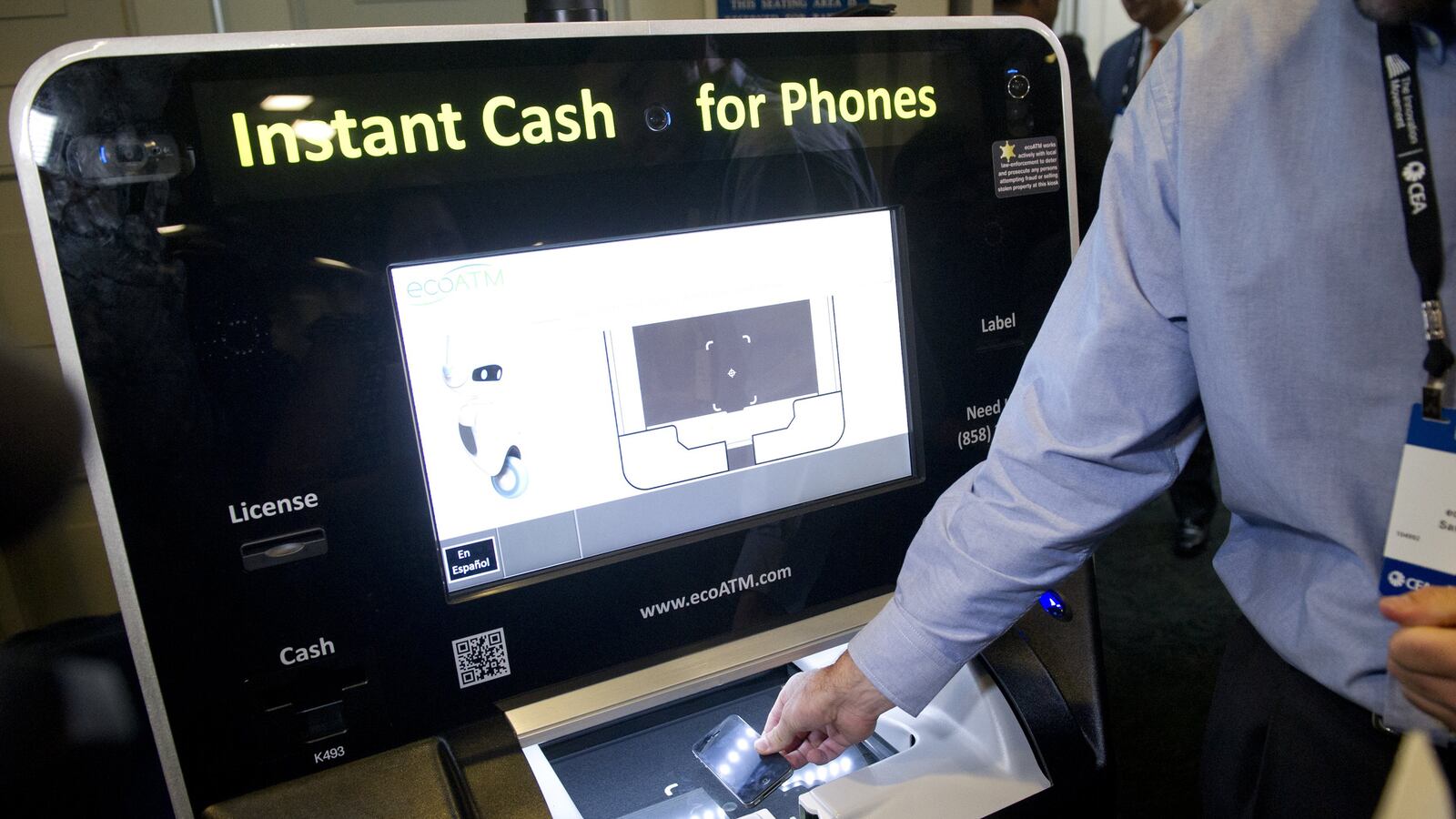The half-life of a piece of technology these days is very short. Every year, upgrades to computers, televisions, and mobile phones render last year’s version technologically obsolete. To a large degree, electronics are disposable.

And yet, according to the Environmental Protection Administration, only 11 percent of the estimated 152 million discarded mobile devices are properly recycled. Bamboo Mobile estimates that 30 percent of people are unaware of the fact that their old cell phones can be recycled.
This is an unsettling trend that will probably grow as years go by -- as newer phone models are released and more people upgrade their phones, more and more electronics are likely to lie around in homes, unrecycled. This has inspired efforts to publicize the recycling process.
The EPA has a module on its site to help consumers donate or recycle their old devices. NYC.gov has an entire section devoted to e-Waste, including guidelines for disposal and tips on recycling. There are also organizations, not associated with city, state, or federal government, that can help in the recycling process. But many of these efforts are heavily labor intensive. Imagine if there was an e-waste recycling system that was as easy to use as, say, a bank’s money machine.
In fact, there is: ecoATM, which was recently bought by Outerwall. Outerwall owns the popular Coinstar kiosks that allow people to swap junk that has value (pennies and other change) for a currency that customers prefer to carry around – cash or gift certificates. ecoATM aims to do the same thing for old cell phones that Coinstar machines do for old coins: let consumers exchange one form of valuable good for another. Coinstar machines turn coins into cash or gift certificates.
In a press release at the time of the acquisition, Outerwall Inc. referred to ecoATM as “the first company to create an automated self-serve kiosk system to purchase used mobile phones, tablets and MP3 players for cash.” This breaking of new ground began in 2008, when Mark Bowles, an entrepreneur, founded ecoATM. The first prototype was tested in September 2009. From there, the enterprise has grown, to the point where there are close to 650 ecoATMs in 41 states in the country.
The machine works in a few steps, which take “ just a few minutes to complete,” according to ecoATM’s website, where you can find a full walkthrough of the process. The kiosk will inspect the device and its external condition, then do an assessment of the internal capabilities once connected to a cable. This information is then processed in the machine to give the user a price quote, and then the payout in cash.
At the moment, the kiosks are equipped to assess more than 4,000 different devices. This technology has received awards, and grants from the National Science Foundation.
The one-millionth phone recycled with an ecoATM was processed in April.
At its most basic level, the concept seems like a bargain for the consumer and the environment. Old devices that would be simply thrown out instead net an immediate return for the user and also undergo a safer and more eco-friendly disposal process.
That being said, there are drawbacks. Chief among them is the idea that this system could be a way for thieves who steal devices to get immediate cash payouts for stolen items. EcoATM addresses such concerns in the law enforcement section of its website. For instance, a valid ID and a captured thumbprint are required to carry out a transaction on an ecoATM. These are not anonymous transactions. The machines also capture images of facial features of each user.
In terms of its business model, ecoATM is able to make money off of most of the phones and devices it collects. “The ecoATM kiosk uses a worldwide auction system to offer consumers competitive prices based on model and condition, and value if the phone is able to be resold,” said Ryan Kuder, director of marketing at ecoATM: “A majority of the phones ecoATM collects are able to be used again as a phone in some way.” ecoATM in turns sells the phones it collets to refurbishers, resellers, and insurance companies.
There are both pluses and minuses to using such machines. But the positives are moot if people fail to recognize the problem of eWaste and to realize they can do their part to reduce it. I spoke to several fellow college students to gauge an informal and distinctly unscientific reaction. “I would use this service if I had a clear idea of how much I would be paid to recycle the phone, and what the costs and benefits were,” said University of Chicago student Hewon Park. Park also expressed concerns about the amount of identity information needed to make a transaction. Other students said they’d be more motivated by price than by eco concerns. If a phone will fetch more cash on eBay than at an ecoATM, many will chose to sell to the higher bidder.
A list of ecoATM locations can be found on the company’s website,. As the nation gears up for another iPhone announcement in September, they may become more busy.






